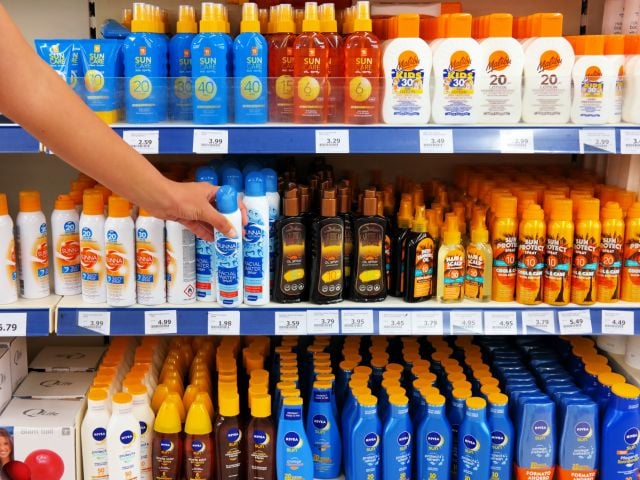
By: Thomas Cluderay, EWG staff attorney and David Andrews, Ph.D., EWG senior scientist
Imagine grabbing a cookbook to find the perfect recipe for key lime pie to present at your summer barbeque. Thumbing through the pages, you locate an inviting entry. Only there are some problems.
The recipe starts off the way you'd expect. Preheat oven to 350 degrees. Attach blades to mixer. But then there's nothing about what ingredients to use in the filling, let alone the piecrust. Defeated, you head to the frozen dessert aisle.
This pretty much captures the U.S. Food and Drug Administration's new rules for over-the-counter sunscreens - a step in the right direction, but not enough advice to help consumers pick sunscreens that are truly safe and effective.
The new rules ban the use of the misleading terms "sunblock," "waterproof" and "sweat-proof." No sun protection product can honestly promise to block all harmful rays or not to wash off.
The term SPF - sun protection factor - refers primarily to UVB rays, which burn the skin. It has little to do with UVA rays, which don't burn but are more penetrating than UVB and can inflict sun damage. The FDA has established its first-ever rules for the use of the term "broad spectrum" to indicate that a sunscreen protects from both UVA and UVB rays. Yet on this point, FDA might as well have let industry write its own standard.
As we see see it, the U.S. now has the weakest UVA standard in the world. The FDA's pass/fail system for 'broad spectrum' sets the bar so low that the vast majority of sunscreens clear it with flying colors. Little incentive exists now for improving their effectiveness.
Even worse, products that pass the test are allowed to claim that they reduce the risk of skin cancer. In fact the data show that cancer protection from sunscreens, particularly mediocre sunscreens, is not as strong as you'd think.
Now here's what the rules do NOT do:
• Establish a definitive list of active ingredients considered safe and effective for over-the-counter sunscreens. The FDA is silent about the toxicity of ingredients such as oxybenzone, a suspected hormone disruptor used in many sunscreens identified in EWG's Sunscreens 2011 report, and retinyl palmitate, a vitamin-A derivative that government studies suggest is photo-carcinogenic.
• Approve new sun-filtering ingredients that may be more effective and less toxic than those now on the U.S. market.
• Bar high-SPF claims. The FDA has said that high-SPF sunscreens have negligible benefits and may give consumers a false sense of security, leading them to linger in the sun for too long. FDA is considering what to do about this problem. In other countries with sunscreen standards, SPF values are capped.
The FDA has made some progress here, but it must push ahead and finalize other rules so that consumers know exactly what they're getting when they pay for sun protection.
Try baking something with half a recipe and you won't like the results. FDA's actions are commendable, but the agency must fulfill its promise to establish comprehensive regulations for over-the-counter sunscreens.



